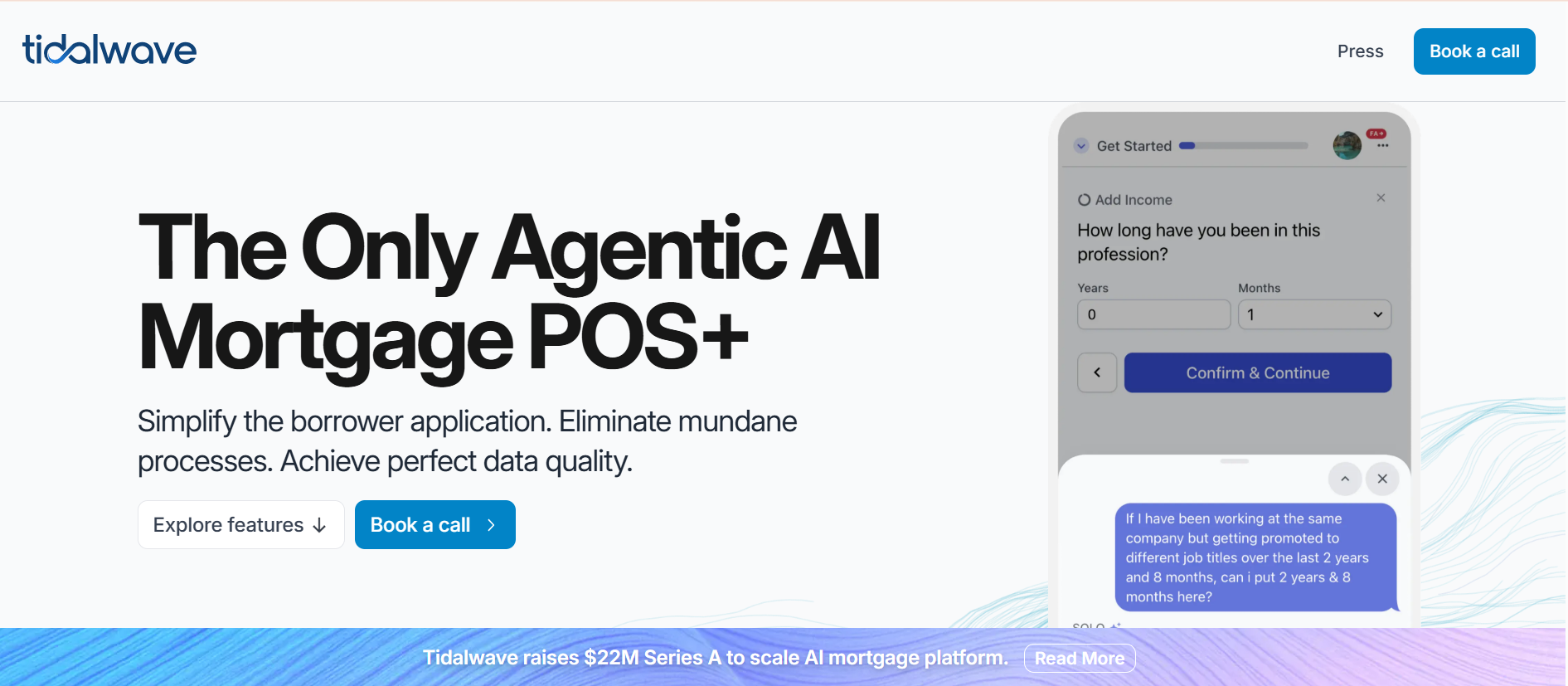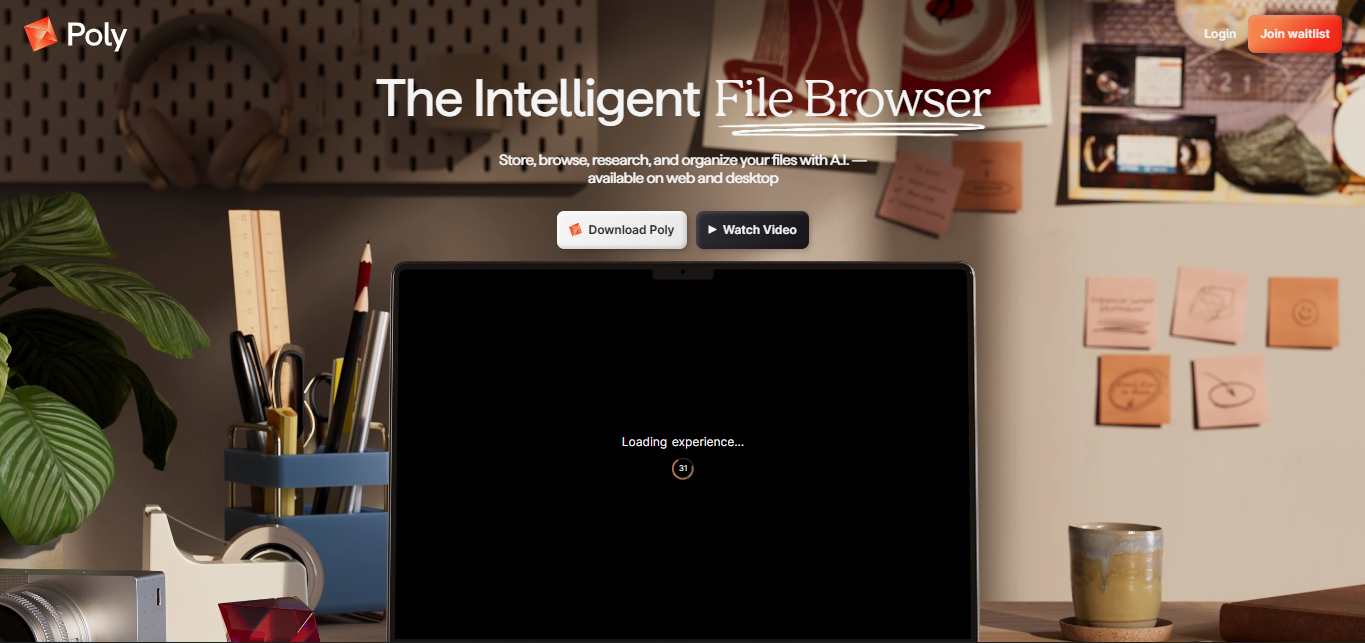Paygentic Raises $2 Million Pre-Seed to Reinvent Global Payment Infrastructure
November 1, 2025
byFenoms Startup Research

Paygentic is stepping up to solve that problem. The Dublin-based fintech startup has secured $2,000,000 in Pre-Seed funding, with participation from MiddleGame Ventures, Anamcara, Aperture Capital, and Tech Operators, to power the next evolution of cross-border payment infrastructure.
Founded by Susan O’Neill and Samuel A., Paygentic is building a unified payments backbone designed to remove bottlenecks between banks, fintechs, and digital platforms. The goal: to simplify how value moves globally while meeting the highest standards of compliance and transparency.
Fixing the Fractured Plumbing of Global Payments
The global payment system remains deeply fragmented. Behind every cross-border transaction lies a maze of correspondent banks, intermediaries, and manual compliance checks. For businesses scaling internationally, these slow processes mean longer settlement times, higher costs, and lost opportunities.
Paygentic’s infrastructure reimagines that entire process. It enables banks, fintechs, and marketplaces to transact globally using a modular, API-driven system that handles multi-currency routing, compliance automation, and near-instant settlements. In simple terms, it modernizes what has historically been slow, opaque, and paper-bound.
Co-founder Susan O’Neill explains, “The global payments stack wasn’t built for today’s digital economy. Our mission is to rebuild it from the ground up - faster, safer, and interoperable.”
Where the Market Is Moving
The timing could not be better. Global cross-border payments are expected to exceed $250 trillion by 2027, according to Statista, with B2B transactions making up more than half of that figure. Yet, most companies are still dealing with systems built decades ago.
This is where infrastructure startups like Paygentic stand out - not as competitors to banks, but as enablers of a more connected financial world. With this new round, the company plans to expand its engineering and regulatory teams, roll out its closed beta, and onboard early enterprise customers in Europe and North America.
The Real Moat: Founders Who Build Infrastructure, Not Just Products
Here’s where founders should take note.
In fintech, the loudest players often focus on features - digital wallets, lending apps, or FX tools. But the enduring giants are those who focus on plumbing - the invisible rails everyone else depends on.
Paygentic’s long-term defensibility doesn’t come from user acquisition; it comes from integration depth. Every bank or platform that plugs into its system becomes part of an ecosystem that compounds over time. That’s the power of infrastructure plays - every integration is a barrier to exit.
And this insight scales beyond fintech. Whether you’re building a SaaS, an AI product, or a creator-economy tool, owning the layer that others must build on top of is how true leverage is created. Stripe didn’t win by offering the lowest fees - it won by making itself indispensable.
In other words, the future belongs to founders who stop chasing interfaces and start building the rails beneath them.
Investors Betting on a Foundational Shift
The $2M round led by MiddleGame Ventures - known for backing infrastructure disruptors like Tink and Wayflyer - reinforces confidence in Paygentic’s infrastructure-first strategy. With Anamcara, Aperture Capital, and Tech Operators joining in, the startup gains not only capital but also deep operational guidance and global fintech networks.
These investors see what many overlook: in a financial world shifting toward embedded payments and digital ecosystems, the next unicorns will be the ones quietly powering the flow of money behind the scenes.
Why Timing and Regulation Work in Paygentic’s Favor
With open banking regulations expanding across Europe and stricter compliance frameworks taking hold, trust and interoperability have become make-or-break elements for any payment provider.
Paygentic’s founders, both veterans of the fintech sector, are building a solution aligned with these new demands - modular enough to adapt to future laws but stable enough to serve traditional institutions. Their focus on regulatory clarity and transparency provides an edge in markets where trust takes years to build but seconds to lose.
This adaptability gives Paygentic room to grow into multiple verticals - from embedded finance for e-commerce to real-time treasury management for enterprises operating in multiple currencies.
Data Transparency as a Differentiator
Beyond speed and cost, transparency is the new competitive frontier. Paygentic plans to implement real-time transaction visibility, automated reconciliation, and AI-powered anomaly detection, giving clients instant clarity into where their money is and how it’s being processed.
This kind of visibility is particularly valuable for mid-market and enterprise customers, who are increasingly under pressure to meet stricter audit and compliance requirements. With this layer of automation and oversight, Paygentic isn’t just making payments faster - it’s making them smarter.
What’s Next for Paygentic
With its $2M pre-seed now secured, Paygentic is gearing up for a European beta launch in early 2026, followed by North American expansion later in the year. The startup aims to double its workforce and deepen partnerships with banks and licensed payment institutions.
In the long term, Paygentic envisions becoming the core infrastructure layer for global money movement, enabling businesses to scale confidently across borders without the friction that once held them back.
If successful, it won’t just process payments - it will reshape the unseen architecture of global commerce.









